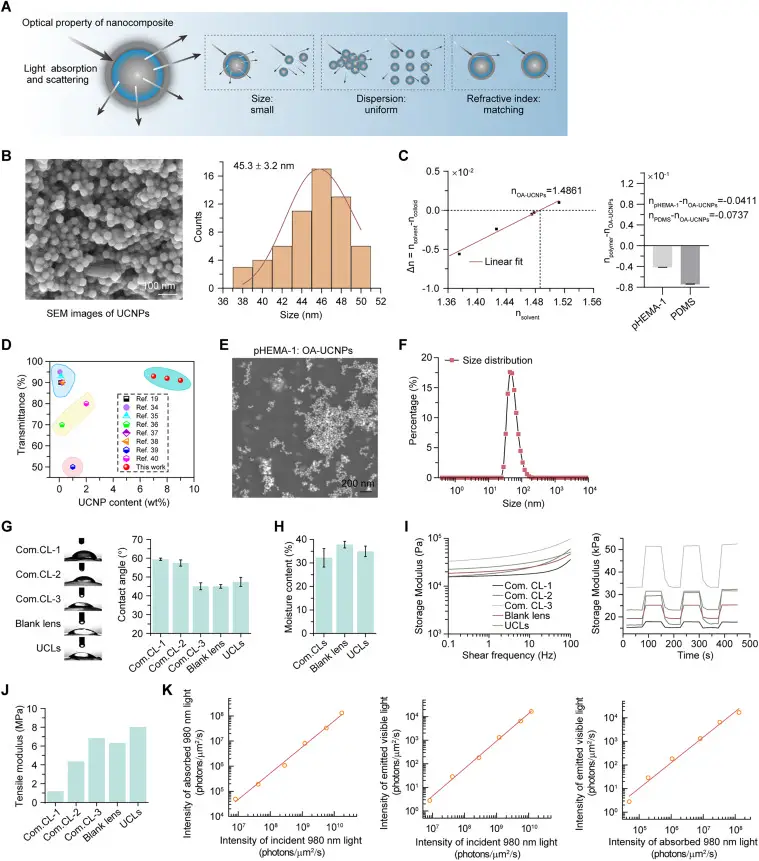
In China, researchers have developed infrared contact lenses that enable vision in complete darkness—even with closed eyes—for both mice and humans.
Chinese scientists have unveiled a groundbreaking innovation: contact lenses that grant humans “night vision” without the need for cumbersome equipment. As detailed in the journal Cell, this new technology allows users to perceive infrared light even with their eyes shut. The lenses were tested on laboratory mice and human volunteers, both groups demonstrating striking results.
Typical mammalian vision is confined to the 400–700 nanometer range—what we know as visible light. Yet in nature, some species, such as snakes and mosquitoes, possess the ability to detect infrared radiation. To emulate this capability, humans traditionally rely on external devices like night-vision goggles, which are often bulky and dependent on external power sources.
Previously, the same team achieved infrared vision in mice by injecting nanoparticles that bind to the eye’s photoreceptors. However, as the researchers themselves concede, injecting needles into the eye is hardly an appealing prospect for most people. Thus, the next logical step was the development of contact lenses.
The scientists explored various biocompatible materials used in standard lenses and embedded them with nanoparticles capable of converting infrared light into visible wavelengths. These “upconversion contact lenses” (UCL) were then tested on mice, which were placed in environments where they could choose between a dark box and one illuminated by infrared light. The mice wearing the lenses avoided the lit area, and their pupils constricted in response to the infrared—indicating that their visual systems had, in fact, perceived the once-invisible light.
Human trials revealed that volunteers could discern blinking infrared signals, akin to Morse code, and identify the direction of an infrared source. Curiously, both mice and humans perceived infrared stimuli more accurately with their eyes closed—owing to the fact that infrared light penetrates eyelids more effectively than visible light.
Moreover, the researchers enhanced the nanoparticles to respond to different infrared wavelengths, allowing users to distinguish between subtle variations—an especially promising development for individuals with color vision deficiencies.
Some limitations remain. Due to the lens’s proximity to the retina, achieving sharp image resolution is currently difficult, as light tends to scatter. To address this, the team has also developed a spectacle-mounted version of the technology that delivers superior clarity. At present, the lenses are only responsive to infrared radiation emitted by LEDs. Increasing the nanoparticles’ sensitivity could broaden their usability across more diverse conditions.
Nonetheless, the innovation holds tremendous promise. As noted by Tian Xue, a neuroscientist and co-author of the study, “Our research paves the way for non-invasive wearable devices that could bestow humans with super-vision.” He added that infrared signals could find applications in security, search and rescue operations, encryption, and anti-counterfeiting technologies. Moving forward, the team intends to refine both image accuracy and lens sensitivity through continued collaboration between experts in materials science and optical engineering.


